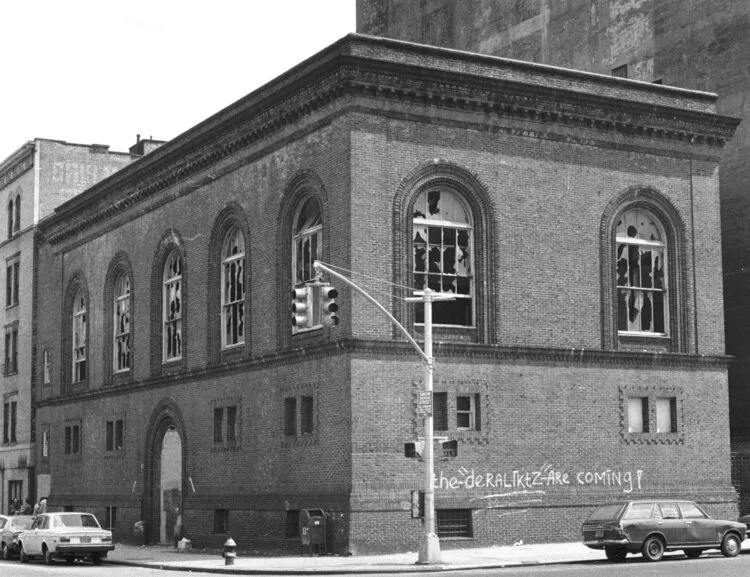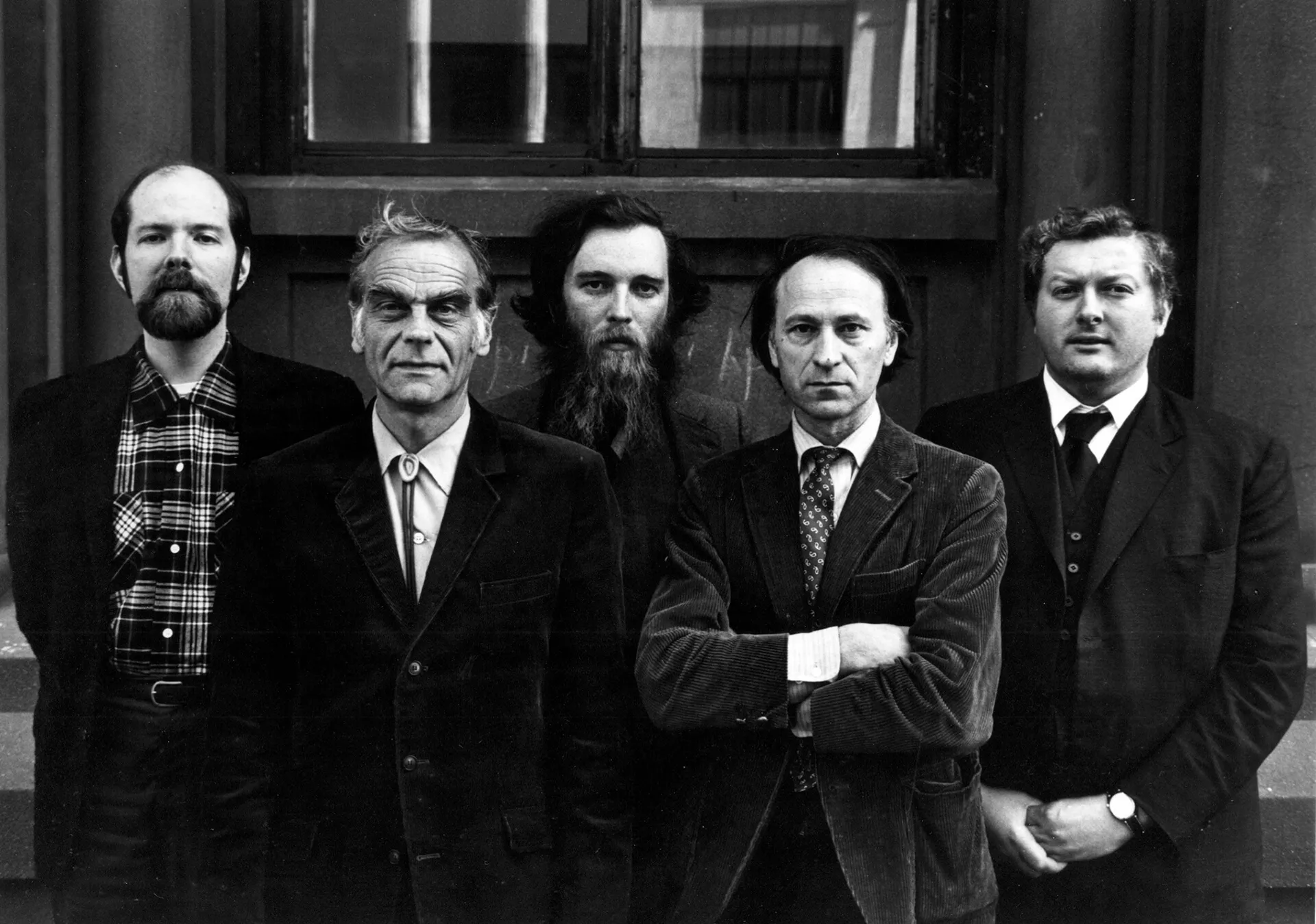
Anthology Film Archives: an avant-garde treasure-trove
What is the connection between celluloid, Lafayette street, and a collection of flowers? One could look for the roots of their connection in the number of flower shops found on Lafayette street or on the flowers printed on celluloid film as we see them on Stan Brakhage’s experimental Mothligh (1963).
In fact, the etymology of “anthology” can serve as a common ground for those ideas. As “anthos”(flower) meets “logia” (collection, collecting) in the 17th century, Anthology Film Archives become a reality on 425 Lafayette street in 1970, with a vision to preserve a collection of works on celluloid film. 35mm, 16mm, and 8mm would be preserved in what is today one of the most important repositories of avant-garde films, the Anthology Film Archives.
“Shoot all the scriptwriters”
An exciting avant-garde movement emerged in the 1960s American film-making characterized by the rejection of Hollywood conventions in favor of an experimental approach to the Aristotelian idea of a structured story. The plot, the characters, and the theme were replaced by complexly layered narratives, the diction and the melody were replaced by abstract studies of light, and the decor and the spectacle gave their way to a different perception of time and location. “Shoot all the scriptwriters, and we may have a rebirth of American cinema”, Jonas Mekas famously said once. Kenneth Anger, Stan Brakhage, Jack Smith, Andy Warhol, Ken Jacobs, Marie Menken, The Kuchar brothers, and of course Mekas himself were part of the movement, which started gradually shooting the Hollywood Leviathan with its artistic arsenal.

Anthology Film Archives in 1970 (photo: anthologyfilmarchives.org)
Jonas Mekas —as an integral figure of underground cinema— not only captured the makings of this movement in his Village Voice column but was also determined to share its value with his colleagues and the public. “I had to pull out, to hold, to protect all the beautiful things that I saw happening in the cinema and that were either butchered or ignored by my colleague writers and by the public,” he wrote. What was a key reflection at that point, became gradually a concrete vision to establish a channel of communication between a potential audience and the cinematic works of independent filmmakers.
The List and the “Essentials”
Putting their plan into action in 1969, Jerome Hill, P. Adams Sitney, Peter Kubelka, Stan Brakhage, and Jonas Mekas started drawing up their plans “to create a museum dedicated to the vision of the art of cinema as guided by the avant-garde sensibility”, which would be later known as the “Anthology Film Archives.” The initial idea was to establish a definitive collection of films, the Essential Cinema Repertory, and to determine the structure of the new institution, where a growing number of new independent and avant-garde films would be shown. An Essential Cinema Repertory Committee (Mekas, Sitney, Kubelka, Broughton, and -for a brief period- Brakhage) would focus their efforts on compiling the first Essential Cinema Repertory collection. Due to unfortunate circumstances, the project remained unfinished, with about 330 titles. Even as an unfinished project, it provides a great overview of what was considered “essential” for that realm of cinema, at that time. Works of Kenneth Anger, Bruce Baillie, Luis Bunuel, Charlie Chaplin, Jean Cocteau, Maya Deren, Buster Keaton, Yasujiro Ozu, Roberto Rossellini -to name a few- were parts of the Essential Cinema Repertory collection.

From left to right: Ken Kelman, James Broughton, P. Adams Sitney, Jonas Mekas and Peter Kubelka. (photo: anthologyfilmarchives.org)
The Anthology Film Archives started in 1970 as a museum “exclusively devoted to the film as an art.” Its main principle was that “a great film must be seen many times, that the film print must be the best possible, and that the viewing conditions must be optimal.” Today, the Anthology houses one of the world’s most extensive library of avant-garde films and videos. It is preserving works on various formats of film and video. According to its official website, its audio recording collection consists of 2.000 analog tapes with interviews, lectures, Q and As, and round table discussions with leading figures in the avant-garde film community that has been recorded during the past 40 years. In 2009 the project of the collection’s digitization started and a number of those recordings is now available. As a non-profit organization, it is supported by many individuals, public, and private organizations and provides different membership programs as well as the possibility of creating customized membership packages. To this day, Anthology is striving to ensure that its invaluable collections are well-preserved and accessible to everyone.